Navigating the world of nappies can be confusing, especially for new parents. One essential component that often goes unnoticed is the nappy liner. This ultimate guide to nappy liners will help you understand their benefits, types, and how to use them properly. So, let's dive in!
What Are Nappy Liners?
Nappy liners are thin, absorbent layers placed inside a nappy to act as a barrier between your baby's skin and the nappy itself. They're designed to make nappy changing easier, more hygienic, and less messy. Liners can be disposable or reusable, depending on your preference and needs.
Benefits of Using Nappy Liners
Here are some advantages of using nappy liners:
- Easier cleanup: Liners catch solids, making it simpler to dispose of waste and keep the nappy cleaner.
- Less staining: By preventing waste from coming into direct contact with the nappy, liners can help reduce staining and discoloration.
- Improved comfort: Liners can wick moisture away from your baby's skin, keeping them dry and comfortable.
- Skin protection: By creating a barrier, liners can help prevent nappy rash and skin irritation caused by wetness.
Types of Nappy Liners
There are two main types of nappy liners: disposable and reusable. Let's explore their differences.
Disposable Nappy Liners
Disposable liners are single-use and made from materials such as bamboo, cellulose, or biodegradable plastics. They're convenient, as you can simply toss them in the trash or compost (if biodegradable) after use.
Pros:
- Convenient and easy to use
- No need to wash
- Biodegradable options available
Cons:
- Not as eco-friendly as reusable liners
- Can be more expensive in the long run
Reusable Nappy Liners
Reusable liners are made from materials like microfleece or cotton, and they can be washed and reused multiple times. They're an eco-friendly and cost-effective alternative to disposable liners.
Pros:
- Environmentally friendly
- Cost-effective over time
- Soft and gentle on baby's skin
Cons:
- Require washing and drying
- Less convenient than disposable liners
How to Use Nappy Liners
Using nappy liners is simple:
- Place the liner: Lay the liner flat inside the nappy, making sure it covers the entire surface.
- Adjust for comfort: Ensure the liner is properly positioned and not bunched up or twisted, so your baby stays comfortable.
- Secure the nappy: Put the nappy on your baby as you normally would, ensuring the liner stays in place.
- Dispose or wash: When it's time for a nappy change, remove the liner and dispose of it (if disposable) or wash it (if reusable).
Choosing the Right Nappy Liner for Your Baby
Consider the following factors when selecting the best nappy liner for your baby:
- Material: Choose a liner made from soft, gentle, and absorbent materials.
- Size: Pick a liner size that matches your baby's nappy size for the best fit and protection.
- Eco-friendliness: If you're concerned about the environment, opt for reusable liners or biodegradable disposables.
- Budget: Reusable liners can be more cost-effective in the long run, but disposable liners offer convenience at a slightly higher price.
Now that you have all the information you need, you can make an informed decision and choose the perfect nappy liner for your baby. Happy diapering!


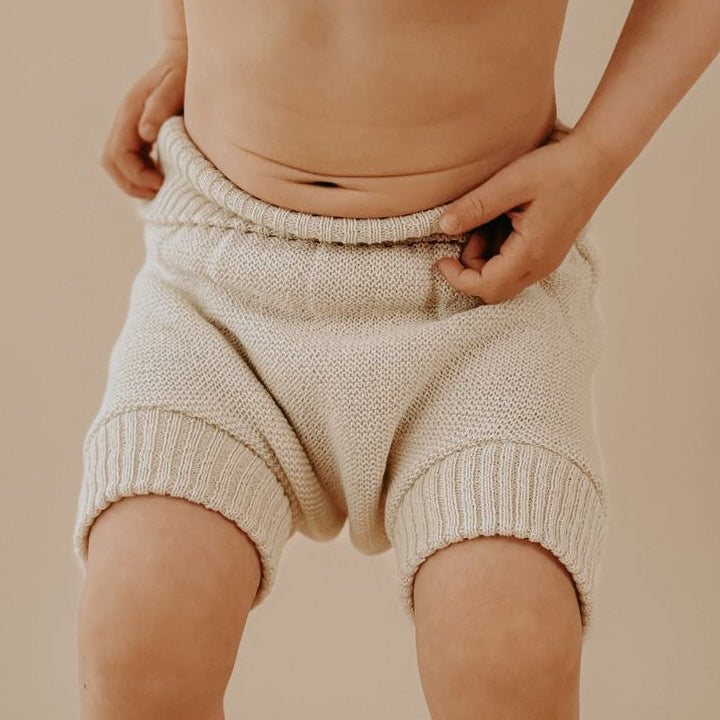
![Swim Nappy Bundle [Ship Oct 5 - 10] - Mimi & Co](http://mimiandco.com.au/cdn/shop/files/swim-nappy-bundle-ship-oct-5-10-5796576.jpg?v=1761125410)

![Toilet Training Undies Pants [Jan Preorder] - Mimi & Co](http://mimiandco.com.au/cdn/shop/files/toilet-training-undies-pants-jan-preorder-6316642.jpg?v=1766216229&width=1200)
![Reusable Bamboo Mimi™ Wipes [5 Pack] - Mimi & Co](http://mimiandco.com.au/cdn/shop/files/reusable-bamboo-mimi-wipes-5-pack-7600782.jpg?v=1761445103)



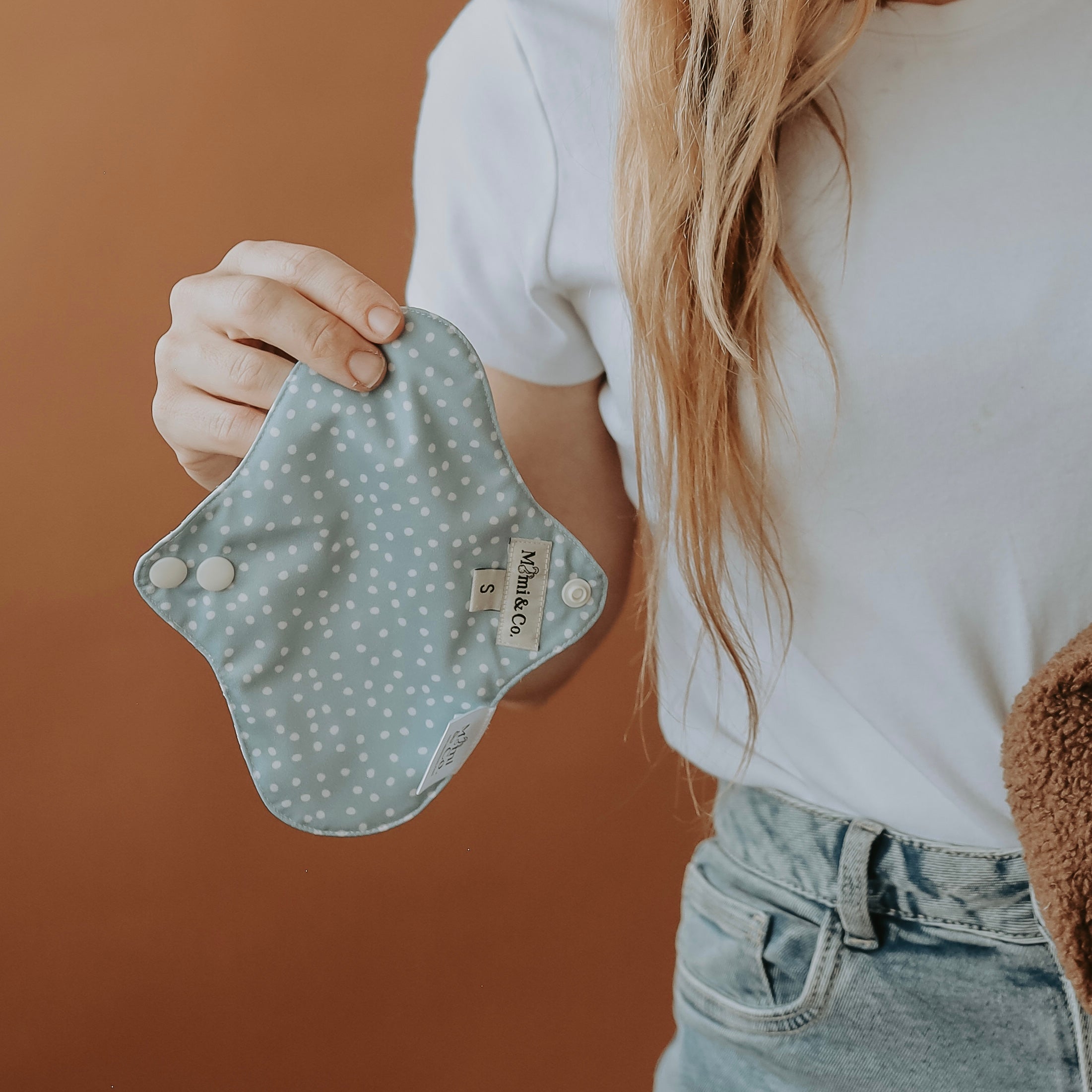
![Reusable Mimi® Menstrual Underwear [Shipping 31/9] - Mimi & Co](http://mimiandco.com.au/cdn/shop/files/reusable-mimi-menstrual-underwear-shipping-319-6508918.png?v=1759809525)
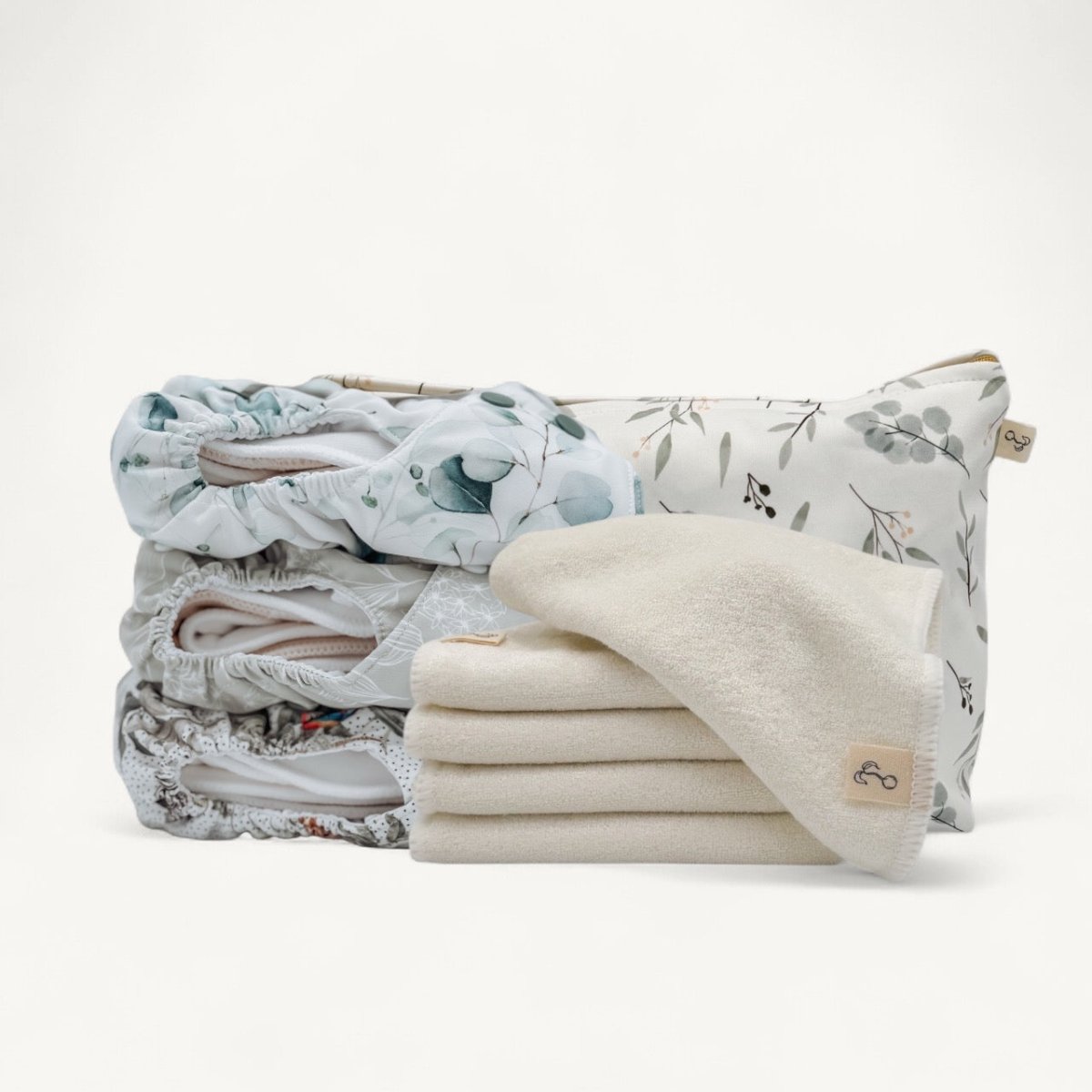
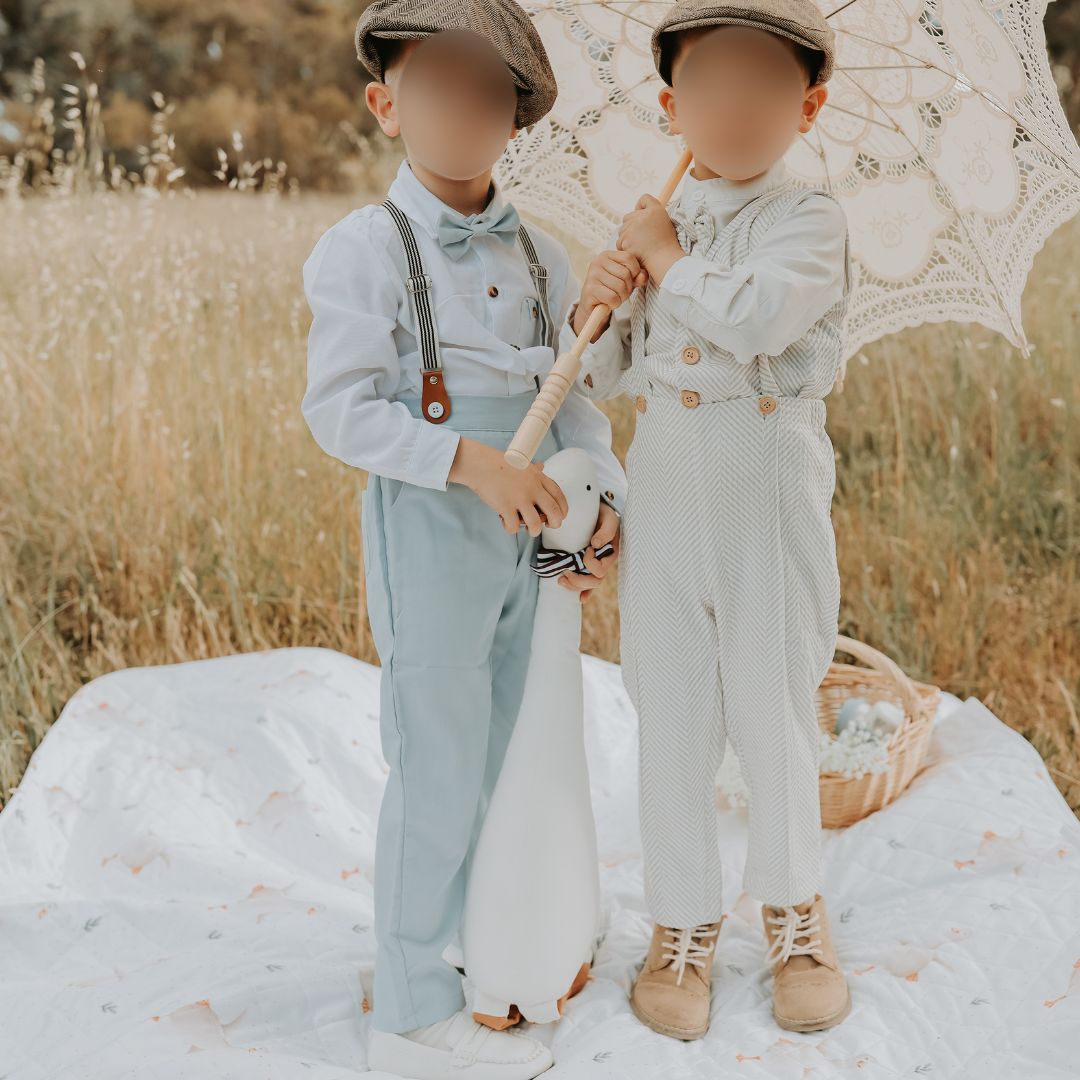



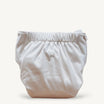
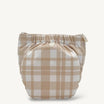
![One Size Fits Most Preflat [PreOrder] - Mimi & Co](http://mimiandco.com.au/cdn/shop/files/one-size-fits-most-preflat-preorder-761880.webp?v=1759809321&width=104)
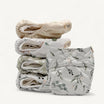
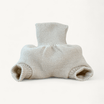
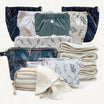
![Toilet Training Undies Pants [Jan Preorder] - Mimi & Co](http://mimiandco.com.au/cdn/shop/files/toilet-training-undies-pants-jan-preorder-6316642.jpg?v=1766216229&width=104)
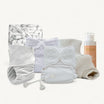
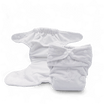
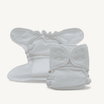
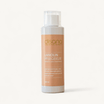
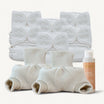
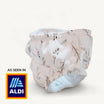
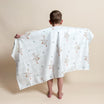

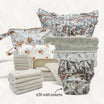
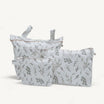
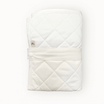
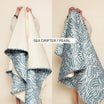
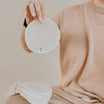
![Reusable Bamboo Wipes [5 Pack] - Mimi & Co](http://mimiandco.com.au/cdn/shop/files/reusable-bamboo-wipes-5-pack-580411.webp?v=1764820089&width=104)
![Organic Cotton Wipes [5 Pack] - Mimi & Co](http://mimiandco.com.au/cdn/shop/files/organic-cotton-wipes-5-pack-7079645.png?v=1759809401&width=104)
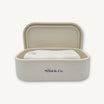
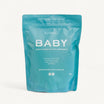
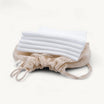

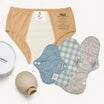
![Reusable Mimi® Menstrual Underwear [Shipping 31/9] - Mimi & Co](http://mimiandco.com.au/cdn/shop/files/reusable-mimi-menstrual-underwear-shipping-319-6508918.png?v=1759809525&width=104)
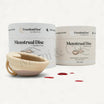
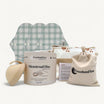
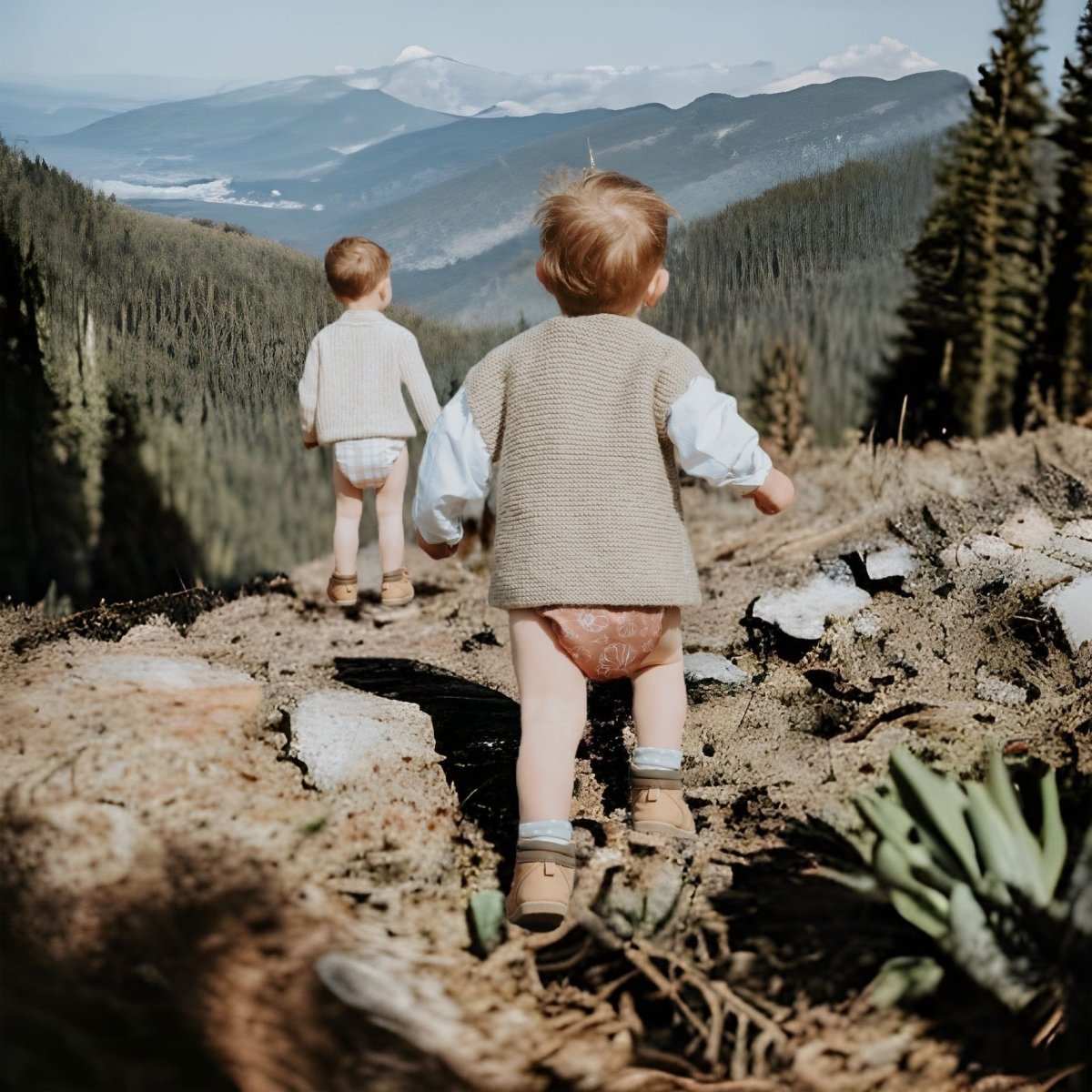
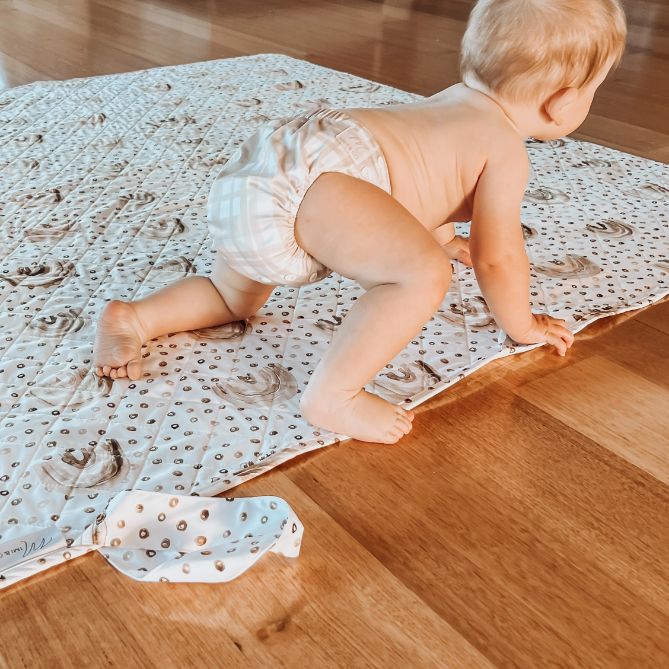
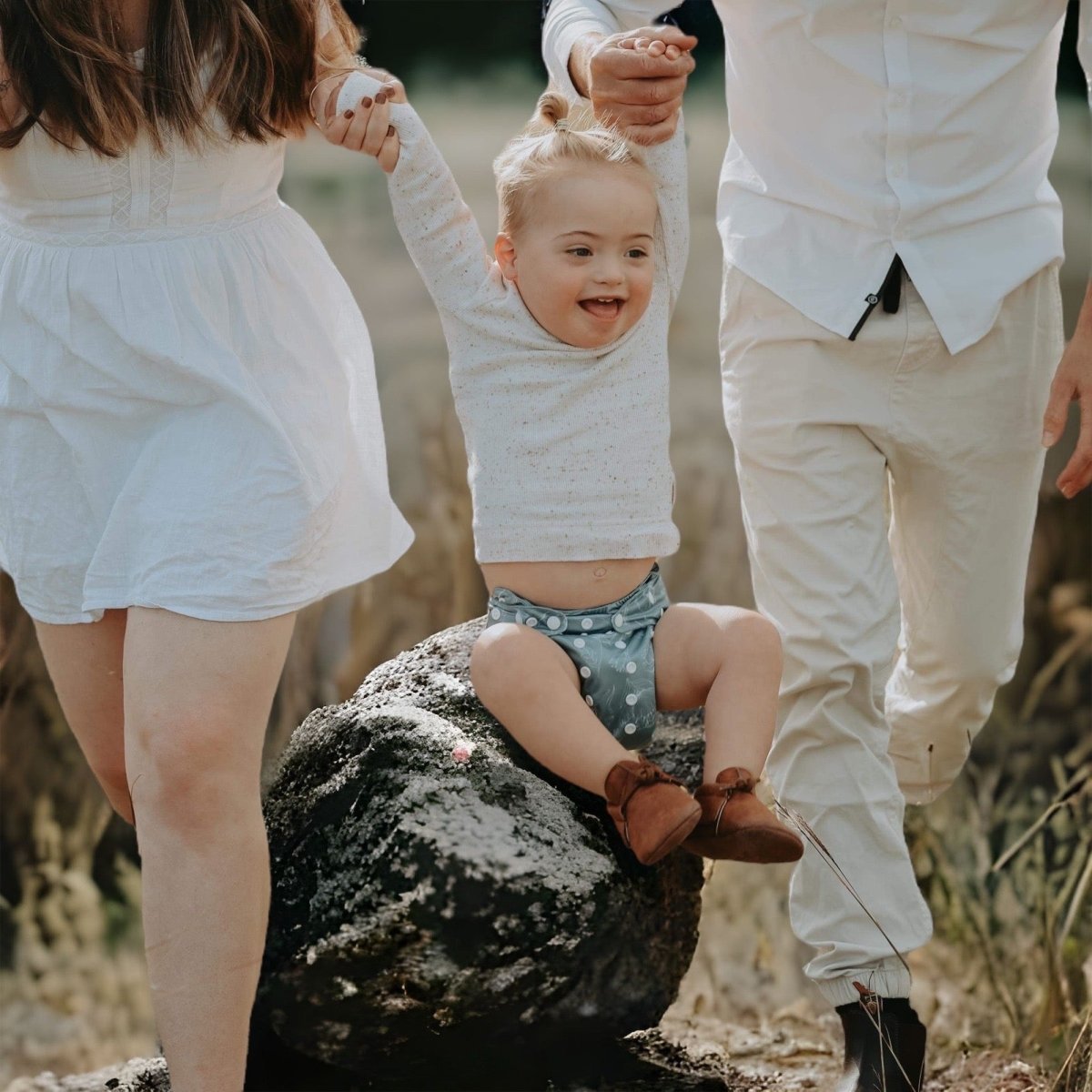






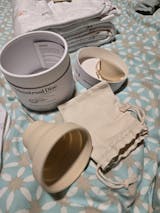

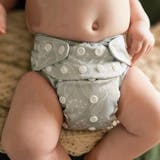
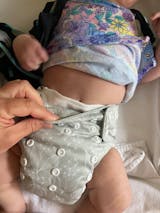
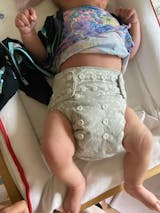

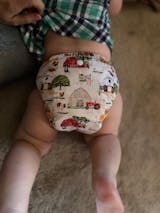
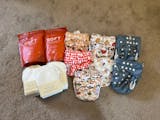
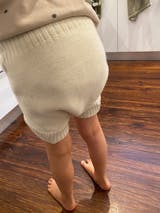

Leave a comment
All comments are moderated before being published.
This site is protected by hCaptcha and the hCaptcha Privacy Policy and Terms of Service apply.